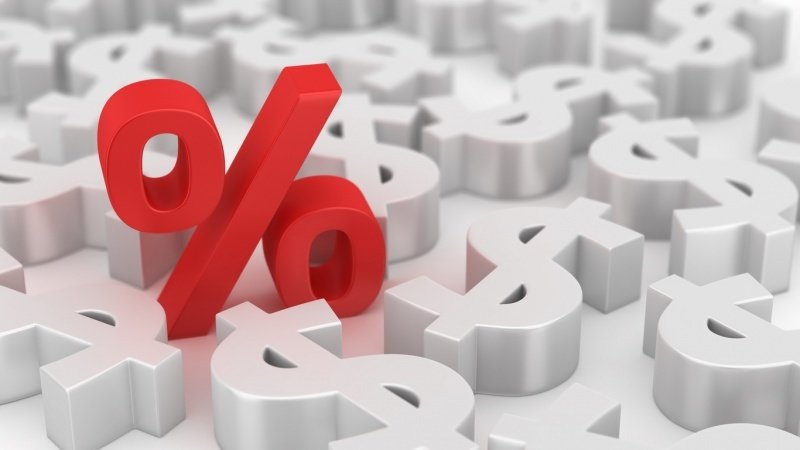This post originally appeared on Saskedge Blog and is republished with permission. Find out how to syndicate your content with theBrokerList.

Any discussion on cap rates needs to be prefaced with a cautionary note.
That is, there are many factors that determine capitalization rates on a commercial real estate investment.
Those factors include but aren’t limited to age and condition of improvements, covenant of tenants, term of leases, location, asset class and the tenant mix.
Logical thinking
It is a somewhat common belief that to a great degree interest rates determine demand and that cap rates are closely tied.
It’s very interesting that our updated data illustrates that in fact, that theory may be flawed.

The graph shows that while the Canadian Prime Lending Rate dropped close to 150 basis points between 2019 and 2020, cap rates did not move accordingly.
Special circumstances?
A very good argument can be made that because of the pandemic, we were going through unprecedented times.
There’s a lot of merit to that argument, however, when you look at the period going back to 2010 we saw very little movement in the Prime Rate but some huge fluctuations in cap rates.
Our Saskatoon Cap Rate Study reports 114 total commercial real estate sales in 2020 including owner occupant and investment transactions.
That’s a pretty healthy transaction volume to take place during unprecedented times.
History speaks for itself
I back up my statement made through the title of this blog by showing you the data going back to 2010.
If, however, we were to step back and take a look at the past 40 years, a much different picture could be painted.
We would not have seen 6 or 7 per cent cap rates when interest rates were over 10 per cent.
There is one common theme in all numbers shown in the above graph.
The prime rate is always one or more percent lower than the cap rate during the corresponding year.
Today you can obtain commercial mortgage funds anywhere between 2.75 per cent and 4.5 per cent.
Any property you purchase today could show a cap rate of between 5.5 per cent and 7 per cent.
That means in addition to your return on initial investment, plus your tenant(s) paying off your mortgage, you are also receiving a return on the money your borrowed.
That spread in today’s market is likely to be 1 to 4.25 per cent…found money.
I invite your input. What specific commercial real estate analysis would be beneficial to support your investment decisions?
Posted by Barry Stuart
The post Surprisingly little correlation between interest rates and cap cates appeared first on The Saskatchewan Edge.



